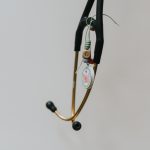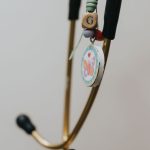About the standard
The Disclosure of Harm (proposed new title: Disclosure of Unexpected Outcomes) standard was published in 2010 and requires review to expand for inclusion of a broader scope of harm. With a continued emphasis on patient care, changes to this standard emphasize the requirement of regulated members to disclose harmful events and when disclosure of near-miss events should be considered.
What’s changed?
- Inclusion of clauses to provide regulated members with parameters regarding harmful event disclosure and consideration of disclosing near-miss events;
- Additional details around to whom, when and how disclosure must be made in various solo and team-based scenarios with a continued emphasis on prioritizing patient care; and
- Additional clauses concerning proper documentation and patient record-keeping processes.
- Addition of a clause to help regulated members navigate when an apology to those affected should be considered, recognizing that in accordance with the Alberta Evidence Act, an apology does not constitute an admission of fault or liability and recognizing that the likelihood of complaints or legal action is significantly reduced when patients receive heartfelt acknowledgement of an adverse/harmful event or unexpected outcome.
View the draft standard
For your convenience, the draft standard has clean and marked copies available.
All ResourcesYour opinion matters
Changes to CPSA’s Standards of Practice impact a physician and physician assistant’s day-to-day practice and the standard of care patients can expect. Your feedback is important to us, as it helps us develop clear, reasonable expectations and helpful, applicable resources. We appreciate the time you took and the input you provided.
CPSA regulated members, partner organizations, other healthcare professionals and Albertans were invited to provide feedback from November 20 to December 20, 2024.
Anonymized feedback will be considered by Council at their spring meeting. Once amendments are finalized and approved by Council, members will be notified by email and The Messenger newsletter.
We respect your privacy
All feedback is subject to CPSA’s Privacy Statement. CPSA reviews all comments before publication to ensure there is no offensive language, personal attacks or unsubstantiated allegations.
Other feedback on this standard
The term near miss should not be used as it makes no sense in this context - even though commonly used. A near miss = a hit. So a near miss would actually be an event that resulted in patient harm. As per glossary “close call” should be used



















